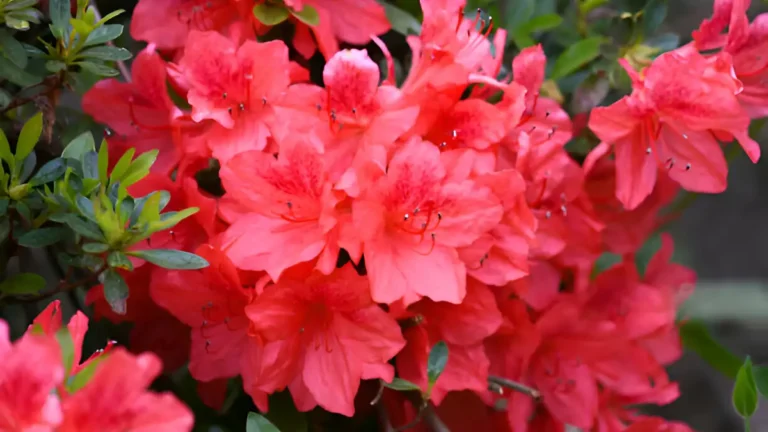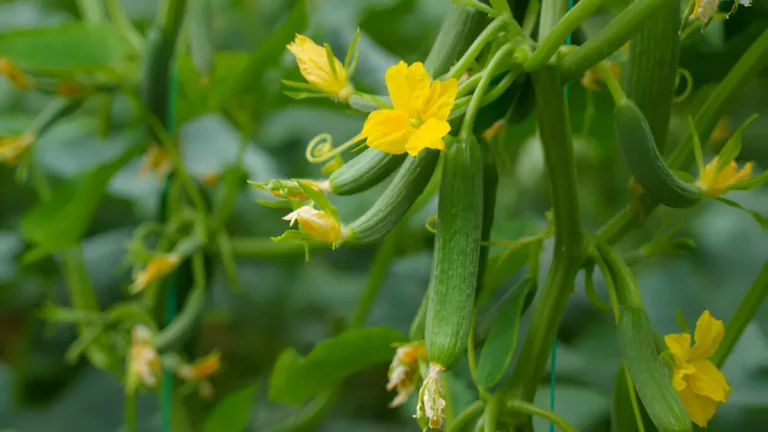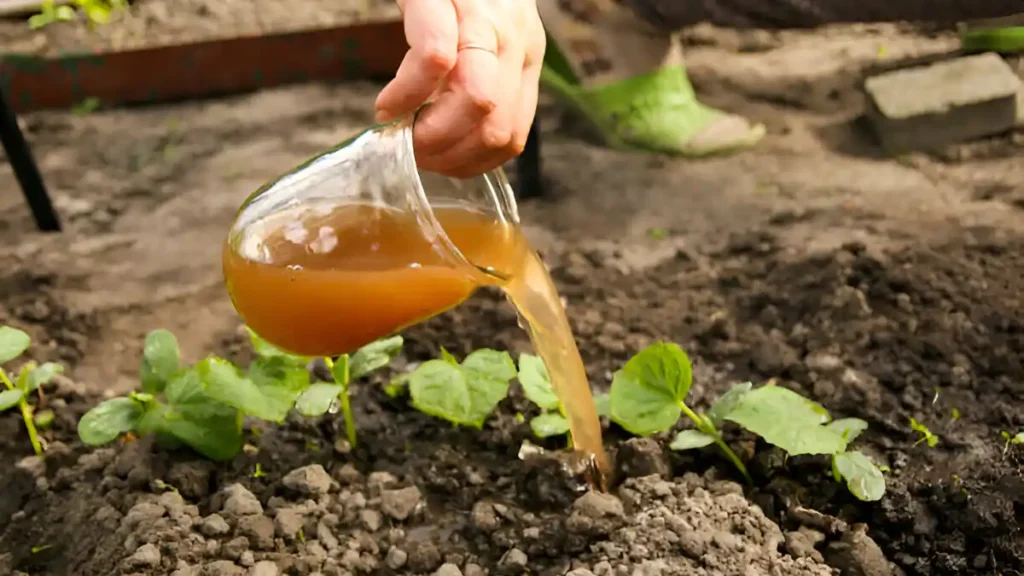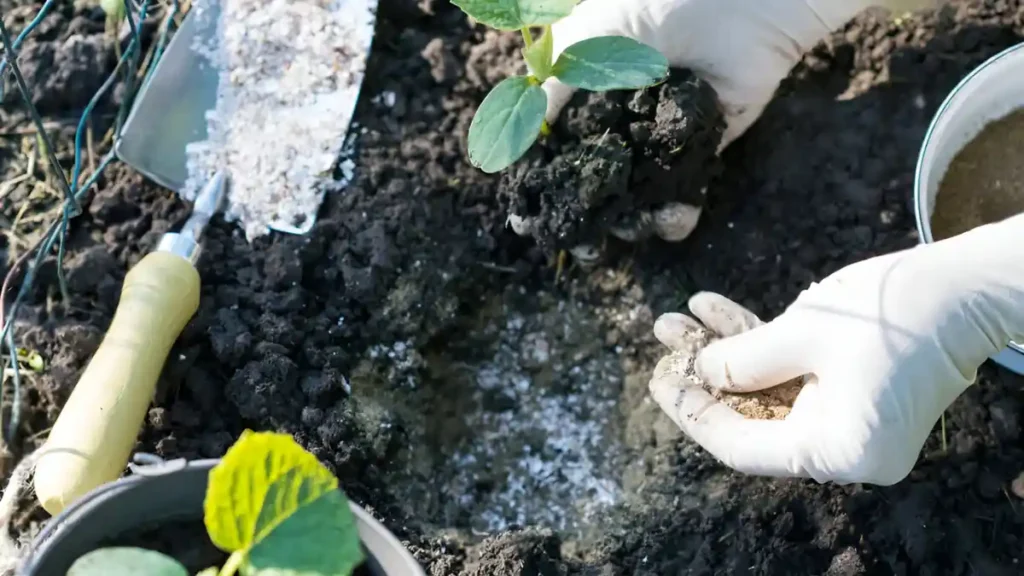One of the most popular blooming shrubs, azaleas add vivid blooms and luxuriant foliage to gardens. Since azaleas are easy to grow, a nutritional or environmental imbalance is nearly always the cause of poor performance from these shrubs, which are prized for their early, eye-catching blooms. Even though store-bought fertilizer isn’t always necessary for azaleas to produce stunning flowers, selecting the correct fertilizer and applying it at the right time and method will help these vibrant shrubs grow to their full potential.
However, to maintain their finest appearance throughout the year, appropriate fertilization is necessary. The difference between an azalea that thrives and one that struggles to bloom can be determined by knowing when and how to fertilize azaleas plant. This thorough guide will assist you in scheduling your endeavors to achieve optimal appearance.
Understanding the nutritional needs of Azaleas:
Azaleas flourish in acidic, well-drained soil with balanced nutrients. They require focused feeding at the appropriate intervals, as excessive fertilization might harm the plant. Nitrogen is essential for leaf growth, phosphorus for root development and flower output, and potassium for vigor and stress resistance.
Learning when to fertilize azaleas:
Knowing when to fertilize azaleas will help them grow to their full potential.
Best time to fertilize azaleas
1. Early spring (Before bud break)
Azaleas require nutrient increase during dormancy to sustain growth and bloom. Fertilize before buds open and as soon as they expand using a slow-release acid fertilizer, ensuring moist soil to prevent root burn.
2. Post-bloom (Late spring to early summer)
After blooming, Azaleas need to restore their nutritional stores by using balanced fertilizers to encourage root and leaf growth but avoid high-nitrogen fertilizers as they may cause buds to form later in the season.
3. Late summer to early fall (Optional)
Fertilize azaleas in late summer to alleviate stress and nutritional shortage symptoms, and avoid encouraging new growth that may not harden off before winter, avoiding stunted development.
What type of fertilizer for azaleas is best:
There are granular, liquid, and spike forms of both organic and inorganic fertilizers designed especially for azaleas and other acid-loving plants.
Best inorganic fertilizer for azaleas
Choose an acid-forming product specifically labeled for azaleas, camellias, and rhododendrons with an NPK of 10-5-4 or 10-6-8, as the right balance may be included in certain fertilizers.
Excessive use of inorganic fertilizer can reduce the natural soil fungus that promotes nutrient uptake, leading to plant reliance on additional feeding. Azaleas require nitrogen for foliage, but excessive use can burn roots and build up salts.
Organic fertilizer for azaleas
Organic fertilizers like compost, cottonseed meal, coffee grounds, and fish emulsion are beneficial for azaleas, promoting healthy development and blooms. Pine needle mulch also helps retain moisture and suppress weed growth, while slowly releasing nutrients for long-term plant health.
Organic fertilizer with a balanced NPK ratio is recommended for yearly spring-feeding azaleas, hollies, and evergreen shrubs, specifically 4-3-4.

How to fertilize azaleas properly:
- Select the Proper Fertilizer Choose a fertilizer made for plants that prefer acid. To maintain soil acidity and vital nutrients in proper quantities, these blends usually incorporate iron or sulfur.
- Apply at the Base Avoid getting the fertilizer in direct touch with the stem by distributing it evenly around the base of the plant. Pay attention to the drip line where nutrients are actively absorbed by the roots.
- Thoroughly water To aid nutrients in penetrating the soil and reaching the roots, properly water the area after fertilizer application.
- Don’t Fertilize Too Much Excessive fertilization may cause the soil to become salted, which could be detrimental to the plant. Never deviate from the fertilizer’s recommended dosage as stated in the container.
Conclusion:
Fertilize azaleas at the proper time and with the right methods is essential for anybody hoping to create gardens that exude beauty. Your azaleas will reward you with colorful flowers year after year if you follow the instructions provided here.
Certainly! If you’d like to learn more, please consider following our WhatsApp Channel: Harvest Gardening
A frequently asked questions:
Q1: What are the benefits of fertilizing azaleas?
A1: Azaleas benefit from fertilization because it supplies vital nutrients that support robust root systems, colorful flowers, and healthy growth. Additionally, it strengthens the plant’s defenses against environmental stress, illnesses, and pests.
Q2: What is the best fertilizer for azaleas?
A2: An acid-forming, slow-release fertilizer with balanced nutrients—like a 10-10-10 or 12-6-6 formulation—is the ideal fertilizer for azaleas. To maintain the pH of the soil and promote ideal growth, look for fertilizers that are specially labeled for plants that prefer acid.
Q3: How to make homemade fertilizer for azaleas?
A3: Compost coffee grounds, bone meal, and cottonseed meal—which supply nitrogen, phosphorus, and acidity—can be combined to create a DIY fertilizer for azaleas. To improve the soil and encourage strong development, spread this mixture around the plant’s base.




